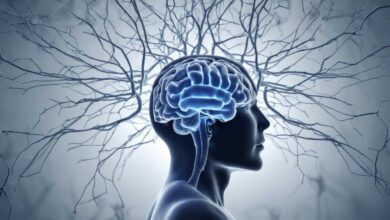Japanese researchers can decode dreams using MRI scanners
A glimpse into the Dream world: 60% accuracy in decoding dream content.

Researchers in Japan have made a fascinating breakthrough in understanding dreams. They used MRI scans to see what images people were experiencing as they entered early stages of sleep. This is a big deal because it helps us tap into our nighttime visions directly. The researchers found that they could do this with 60% accuracy.
The team, led by Professor Yukiyasu Kamitani from the ATR Computational Neuroscience Laboratories in Kyoto, was excited about the potential of decoding dreams. They believe that it’s possible to decode specific aspects of dreaming, and their findings supported this notion.
Understanding dreams has been a quest for centuries, dating back to ancient Egyptian times. However, this study offered a more direct method to explore the mysteries of our dreams.
Here’s how they did it: The researchers monitored three people using MRI scans while they were falling asleep. As the volunteers started to doze off, they were abruptly awakened and asked to describe what they had just seen in their minds. Every detail, no matter how surreal, was recorded. They repeated this process more than 200 times for each participant.

With this data, the researchers built a database. In this database, they grouped similar visual objects together based on the descriptions provided by the volunteers. For example, items like hotels, houses, and buildings were grouped together under the category “structures.”
Next, they conducted MRI scans while the volunteers were awake and looking at images on a computer screen. By comparing these brain activity patterns with the recorded dream descriptions, they were able to identify specific brain activity patterns associated with visual imagery.
Now, here comes the exciting part: During the next round of sleep tests, the researchers monitored the participants’ brain scans and were able to tell what the volunteers were seeing in their dreams. They could categorize the dream content into broad categories with 60% accuracy, consistent with the subjects’ verbal reports.
Looking ahead, the researchers want to delve deeper into the study of dreams during deeper stages of sleep, where the most vivid dreams are believed to occur. They also aim to explore whether brain scans can help reveal emotions, smells, colors, and actions experienced during sleep.
Dr. Mark Stokes, a cognitive neuroscientist from the University of Oxford, praised this research as exciting and a step closer to the concept of dream-reading machines. However, he pointed out that creating a universal dream-reading system would be challenging because dream patterns are individualized. Brain activity related to dreams varies from person to person, making it unlikely to develop a device that could read anyone’s dreams without their knowledge.
You might also be interested in – Tragic Odisha farm incident: Incense smoke claims two lives



